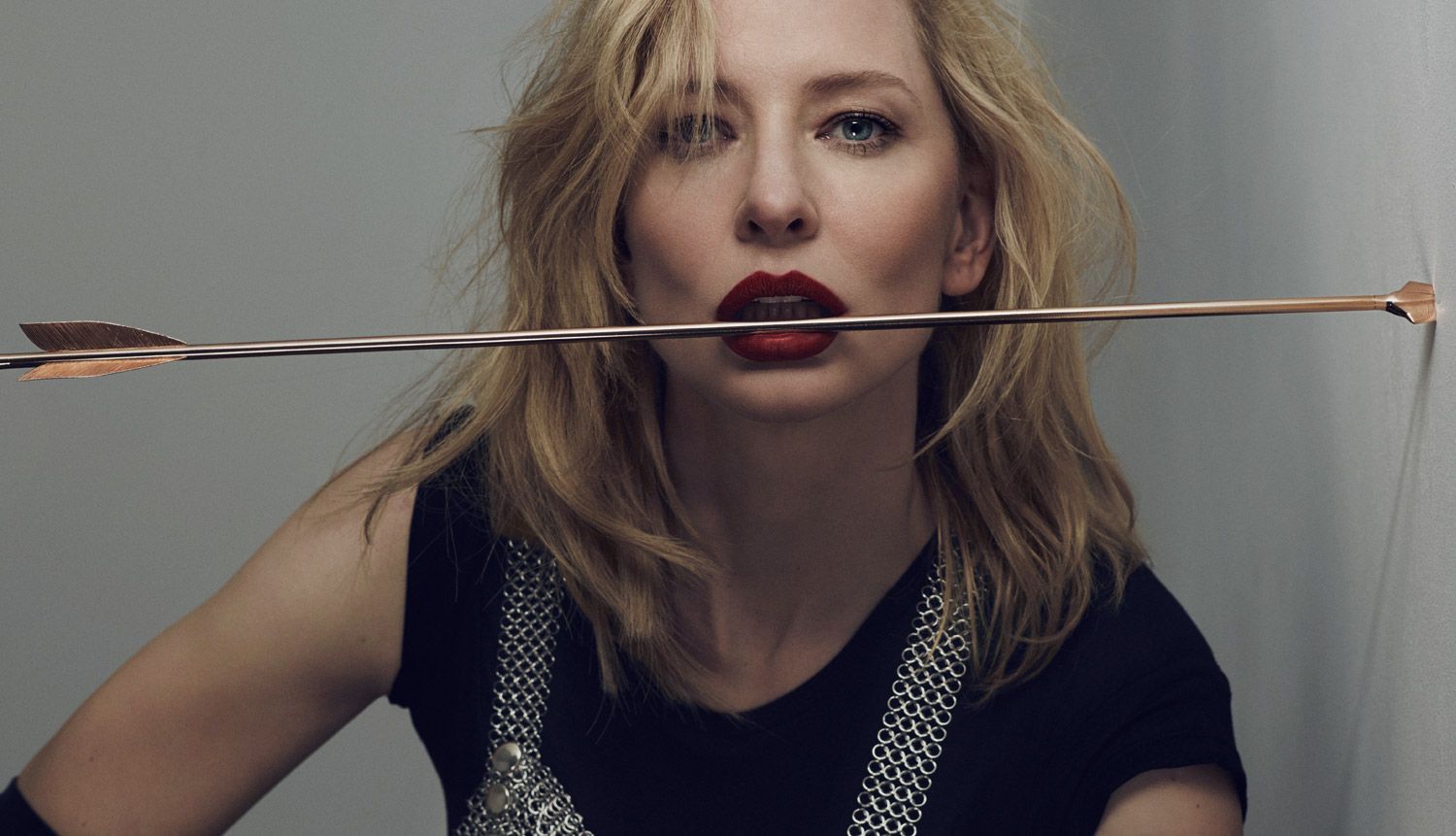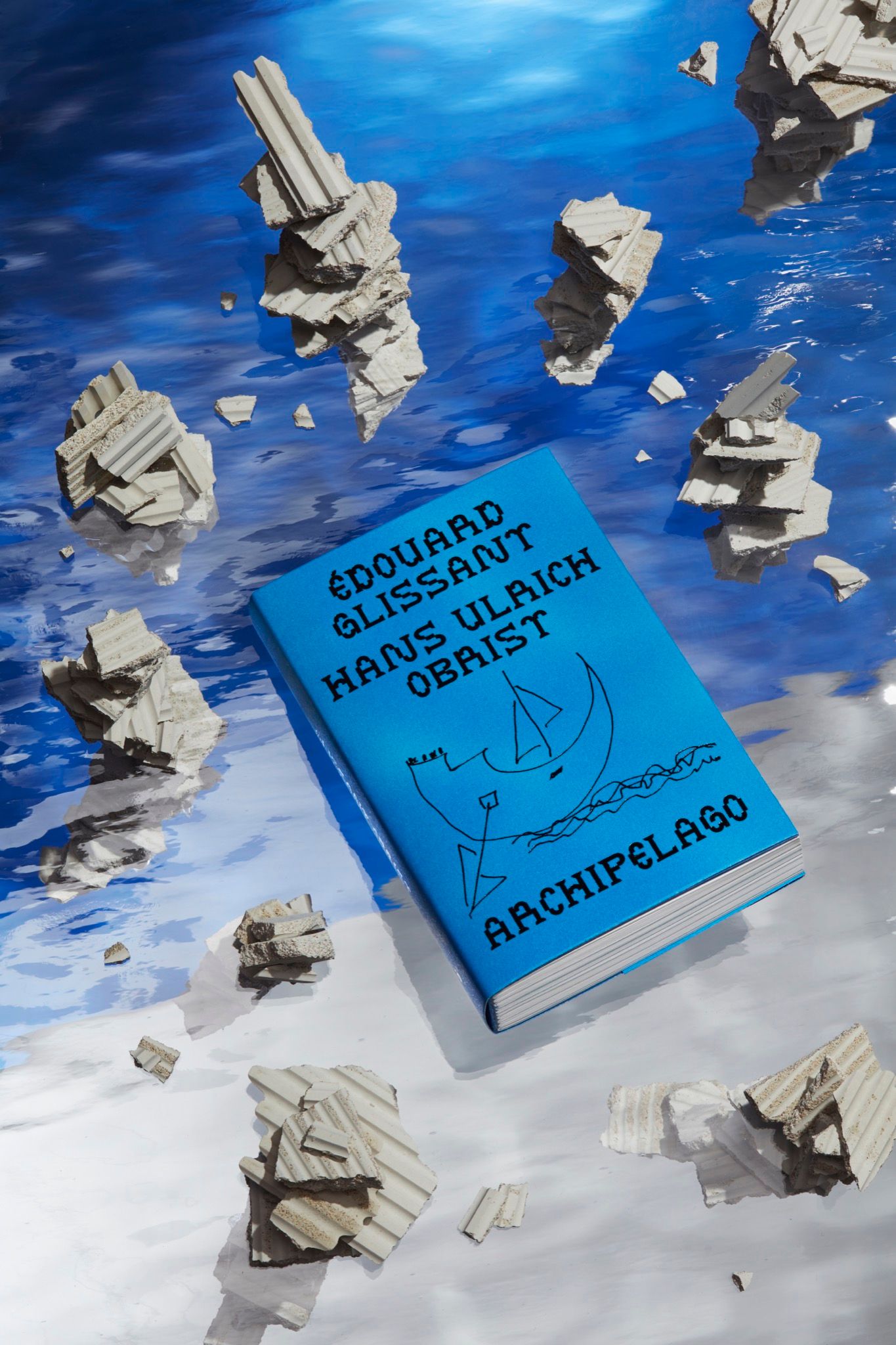SACRIFICE YOUR BODY: Photographer ROE ETHRIDGE Tells Us About His New Exhibition and Making Accidentally Great Pictures
American photographer ROE ETHRIDGE has just released a new body of work titled Sacrifice Your Body, a collection of both commissioned and free form documentary photography now showing concurrently in Berlin and New York. The images, which have also been released as a hardcover edition by Mack Books, are an exploration of Ethridge’s relationship with his mother, and range from surreal collage to serendipitous moments captured on studio sets. 032c spoke with Ethridge just before his opening at Capitain Petzel in Berlin.

Can you give us an overview of the book and exhibition?
I wanted to do something dealing with my relationship with my mother and in 2011 I had gone down to her hometown in Belgrade, Florida, right on Lake Okeechobee, just taking pictures for a couple days, very documentary style. Looking back through it a couple years later I realized that it really needed to be a long form book project. I’d also been working on these editorial projects in the meantime, and I realized I had a lot of these motifs that made sense for a different aspect of my relationship with my mother, which is sort of like the adolescent and the mother – the sports references, the phone call, the suburban mom (not my mom, but maybe it’s somebody else’s mom).

Does your approach change when switching between free form and commercial photography?
I don’t really think too much about whether not I change. The most radical difference is that it’s scaled down – it’s just me and a camera. And in the commissioned work, I like to call it a “rental atelier.” I have a crew that I work with all the time. I have different strategies, but what I’m trying to get at is always the same.
Your previous work dealt with fugue states – temporary amnesia and loss of identity, but also in the musical sense, as a compositional form. In a previous interview, you said you wanted to move away from this. Does it still inform your work?
If you try too hard to do something different, you wind up just covering up your voice as a result, rather than doing something different. I’d say that in the book layout, the first section of the book is very different than that idea of point and counterpoint, and the voice is pretty singular, which is unusual for me. It runs chronologically from the time I started shooting to the time my car went in the canal, when I stopped shooting. It’s edited, but it’s a chronological sequence of documentary images, but certainly not in the same notion of that fugue sequencing idea. But the second half is definitely more part of the fugue state idea, a counterpoint to the straight documentary stuff, incorporating the mothers and lovers and backstories .

You’ve also said you were influenced by the German Objective photographers – Ruff, Gursky, Struth.
Well obviously these photos don’t look like German Objective photography, but they were deeply influential to me when I got out of school because I was looking to get away from the moody, diaristic Nan Goldin-type of photography that we were being encouraged to make. Just the dryness and the unemotional, objective view seemed so opposite to that. I was American and not trained, and I was doing it wrong, but that was ok because I loved Andy Warhol too and one of his great quotes was that he wanted to get it “exactly wrong,” which made a lot of sense to me. So I suppose it was about giving myself license to make mistakes and include those in a body of work. I got very tired of making series projects that would take months 2 months and getting crushed by my thesis. Then when I began working as a commercial photographer I found I began making accidentally great pictures. I couldn’t just let it stay in a portfolio or disappear, it had to come back into an art context. The stock photography aspect of it is sort of like appropriating work from myself. Bringing it into a different context felt like something new, a voice for me.

What I notice about your images is that there’s always a jarring element in them – the dirt on the telephone, or the bee in the Chanel ad for example. Is this something you’re striving for?
It just always happens. But I love the mistakes. It snaps you back into reality – it’s sort of like the artifice and the real, struggling against each other. The bee in the Chanel ad was just serendipitous. I was just lucky to hold the camera still enough to get it focus. The car was also a “lucky” accident too. I’d gotten out to take a picture, but I didn’t put the car in park, and a minute later the car was rolling away. My M.O. as a commercial photographer is to hold on to both, to have the real making itself present in this extremely artificial world, but also having an artificiality holding attention.

Roe Ethridge’s Sacrifice Your Body is now up until March 8th at Capitain Petzel in Berlin. His New York show opens this Saturday at Andrew Kreps Gallery and will run until March 29th.

